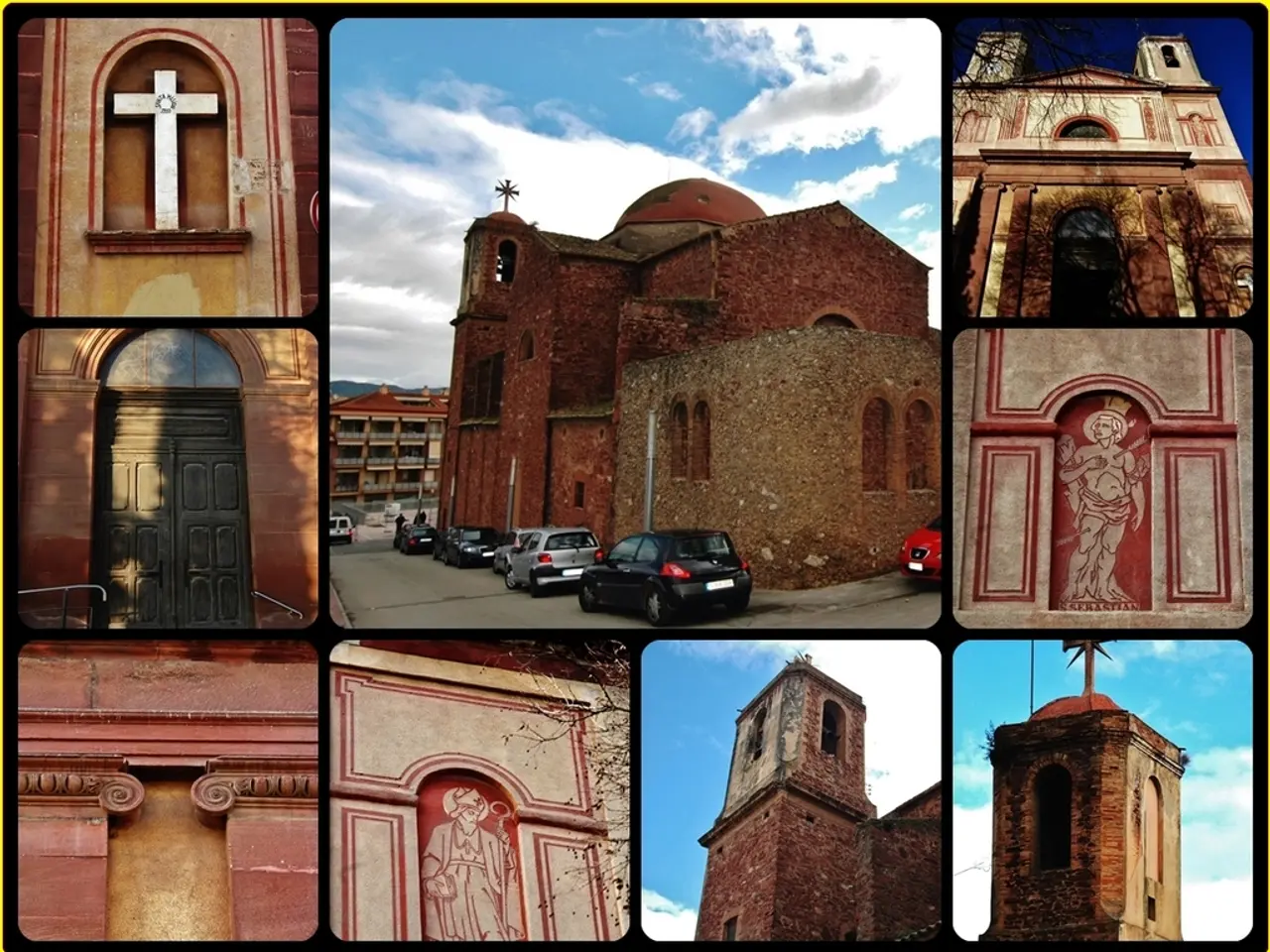Resides at One Pool Street, UCL East
One Pool Street at UCL East: A New Gateway to Learning and Community
One Pool Street, designed by Lifschutz Davidson Sandilands, is the welcoming gateway to UCL's new East campus in Queen Elizabeth Olympic Park. This hybrid building, which combines student accommodation with a variety of learning and public spaces, is set to integrate education and civic life.
The building's composition consists of a three-storey podium housing interdisciplinary teaching and public spaces, topped by two towers of student accommodation. One tower rises to 13 storeys, while the other reaches 17 storeys, covering a total area of 26,000m2.
One Pool Street is more than just a building; it's a vibrant academic hub. Inside, you'll find research labs, academic workspaces, a cinema, a café, a shop, and a public-facing atrium. The programme aims to blur conventional boundaries between private and public areas, creating a "fluid zone" that fosters inclusivity and exploration.
The building's location on the southern edge of Queen Elizabeth Olympic Park places it opposite the ArcelorMittal Orbit and the London Aquatics Centre. It is part of the wider East Bank initiative, which also includes the V&A Storehouse and Sadler’s Wells East.
One Pool Street serves as a confident gateway to UCL’s new East campus, setting a tone for the university's innovative approach to education and community engagement. The building's design is both robust and adaptable, consolidating a mix of uses within a tight urban footprint to create a vibrant academic life.
The building's green roofs and extensive biodiversity measures contributed to its BREEAM Excellent and Outstanding ratings for residential and academic areas, respectively. Student rooms in One Pool Street are clustered in small flats of 8 to 11 bedrooms, prioritizing communal living. All windows in the building, including in student rooms, are fully openable, a departure from restrictive norms in student housing.
The building's landscaped roof terrace is part of UCL's People and Nature Lab, reinforcing the campus's ambition to fold research into daily life. The design of One Pool Street subtly integrates functional elements such as stair silhouettes and shading overhangs, which help mitigate the strong winds across the park.
Internally, the building accommodates schools and centers focusing on robotics, sustainable cities, health, and culture, including The Bartlett, the School for Creative and Cultural Industries, and the UCL Robotics and Autonomous Systems hub. Triple-aspect common rooms are located at the ends of the towers, framed by wraparound glazing, providing social spaces with panoramic views across the park.
The top-lit atrium serves as a public foyer and performance space, hosting exhibitions, lectures, and impromptu robotic demonstrations. Rooms in the building can be reconfigured for postgraduate use or visiting scholars, as part of its future-proofing. One Pool Street embodies a new type of university experience, inviting people from east London to collaborate with UCL on various topics.
The building's communal terraces and rooftop gardens with views of the Olympic Park provide recreational space and an outdoor laboratory. The building's facade is composed of precast concrete panels in a palette of whites and greys, with textures that alternate between smooth and rough. This design aligns with Lifschutz Davidson Sandilands' aim of delivering "hard-working" architecture, a mantra that has guided their ongoing relationship with UCL since the Bloomsbury campus masterplan over a decade ago.
The innovative design of One Pool Street, integrating student accommodation, learning spaces, and public areas, promotes a culture of education and self-development within the community. This academic hub also houses research facilities focused on health, robotics, sustainable cities, and culture, fostering collaboration between UCL and east London residents in these areas.




